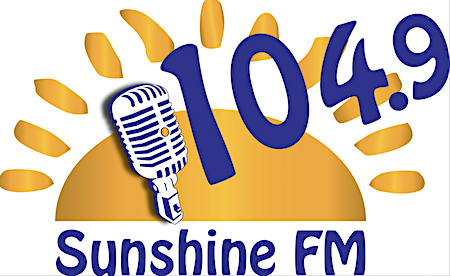Radio myth-buster #1

Time to put on the beret, overalls and safety-glasses, and blow-up some radio myths.
Those musty, dusty, ingrained bits of radio folk-wisdom that have been around forever, but proven to be disconnected from how our listeners actually use radio.
At the same time I’ll offer alternative thoughts for synchronising your strategy and content with listener realities.
Radio Myth #1
You can make people listen longer to improve Time-Spent-Listening and Share.
The theory is based on the ratings diary methodology, where people are supposed to go through their day dutifully recording every quarter-hour of listening. A large myth-topic in itself!
And by manipulating music and content “clocks”, you can cause diary-keepers to adjust what they’re recording, in your favour, because they’ve stayed with you longer, and not strayed elsewhere.

In reality, diary-keeping is essentially a “recall of habit”, the diary often completed at a time and distance, well away from the listening situation.
A review of actual diaries will show a rigid pattern of recalled listening, that hardly changes Monday to Friday, based on the key zones of Breakfast, Daytime and Drive. Monday is usually the template, with a cut&paste job through the rest of the week.
Breakfast of course gets the bulk of the listening credits, with a lot of short-span cume activity, similar to Drive.
Daytime is lower cume, but very long stretches of credits for workday or at-home listening. With very low deviation from the one station.
The daytime station is also mostly the same as breakfast, because the at-work or at-home daytime situational pattern mostly starts in breakfast, and not at 9am!
It’s no myth that breakfast is at the heart of ratings success. Win breakfast, win the day.
The Point is …
Increasing overall TSL and Share in the diary system is a function of applying pressure to …
1) Breakfast content performance
2) Longer-term external marketing/branding to change habitual listening patterns and recall. Especially with heavy listeners.
Other dayparts and content-elements are still important, but take second place, with a lower ROI.
People’s lifestyles determine their availability to listen to the radio, and can’t be “made” to listen longer: only to be influenced in their top-of-mind recall of P1 and/or breakfast habit.
There are, of course, nuances depending on target demo and format.
And the PPM (Personal People Meters) experience in the US throws more light and new thinking on listening realities in that methodology. All to be explored further, in future Myth-Busters.
Eriks Celmins is Managing Director of Third Wave Media, Adelaide-based consultant for media research, strategy and content.



